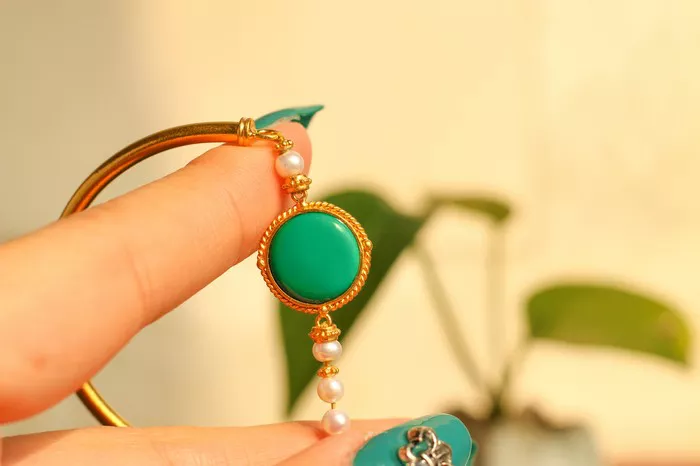In a significant shift, post-pandemic tourists in Japan are redirecting their spending towards traditional handicrafts and jewelry, marking a departure from previous trends. According to the Japan Tourism Agency, the average expenditure on traditional handicrafts per visitor soared to ¥13,338 ($92) in the July-September quarter, reflecting an 80% increase from the same period in 2019. This trend, which gained momentum in early 2023, contrasts sharply with a 30% decline in the sales of cosmetics during the same timeframe.
While inbound tourism has provided a glimmer of hope for Japan’s economic recovery, the days of Chinese tourists clearing out shelves at drugstores and retailers are fading. The economic slowdown in China, coupled with a weaker yen making tours to Japan more affordable, has resulted in a reduction of mainland Chinese visitors. This shift has compelled travelers to explore alternative avenues for unique Japanese experiences.
“I wanted something Japanese and found this store on the internet,” remarked Daniel Forrester from New York, as he purchased a lacquered box for ¥90,000 at Traditional Crafts Aoyama Square. The changing demographic is evident in the decline of Chinese tourists, now constituting about 10% of the total visitors compared to 30% in 2019. Meanwhile, tourists from the US, Canada, Germany, and other countries are on the rise.
Duty-free sales at Traditional Crafts Aoyama Square have surged approximately 20% from pre-pandemic levels, with a diverse range of hand-made merchandise, including iron kettles and ceramics, attracting travelers from Mexico, Brazil, and Poland.
Certain product categories are experiencing a boom due to shifting tourism demographics. Ito-ya Ltd., known for its storied shop in Ginza specializing in pens and stationery, has witnessed a more than doubling of duty-free sales since before the pandemic. Customers are discovering the store through social media, turning it into a sought-after destination.
Despite the growing consumption by tourists, Japan still trails behind other regional countries in total spending per visitor. According to the UN World Tourism Organization, Japan’s spending per visitor was $2,411 in 2022, compared to $5,524 in Hong Kong and $6,526 in Australia. Noriko Yagasaki, a professor at Tokyo Woman’s Christian University, points out that Japan is losing ground in entertainment and services and emphasizes the need to focus on improving the quality of services in the coming years.
The industry faces challenges such as a shortage of guides and labor, with demand surpassing supply. Yagasaki suggests that enhancing visitor experiences rather than just selling goods could boost spending. Although there are concerns about managing a surge in visitors, there is optimism that an influx of tourists will contribute to economic activity, provided efforts are made to improve the overall quality of services.


